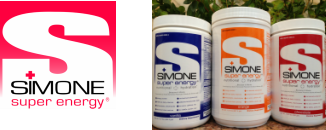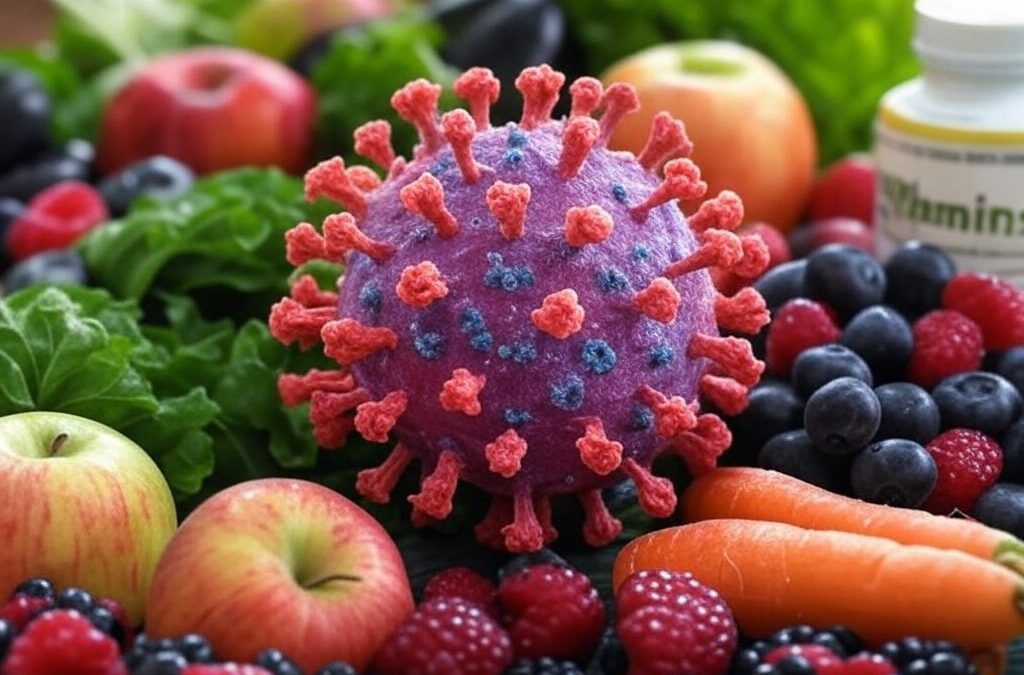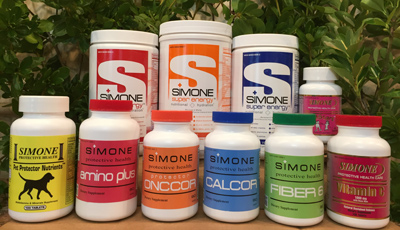9/22/16
We do not diagnose disease or recommend a dietary supplement for the treatment of disease. You should share this information with your physician who can determine what nutrition, disease and injury treatment regimen is best for you. You can search this site or the web for topics of interest that I may have written (use Dr Simone and topic).
“We provide truthful information without emotion or influence from the medical establishment, pharmaceutical industry, national organizations, special interest groups or government agencies.” Charles B Simone, M.MS., M.D.
HUMAN PAPILLOMAVIRUS (HPV) – INTEGRATE DIET AND VITAMINS
Lawrenceville, NJ (Dr Simone) – There are more than 200 human papillomaviruses (HPVs) and 40 HPVs are spread through direct sexual contact, from the skin and mucous membranes of infected people to the skin and mucous membranes of their partners. They can be spread by vaginal, anal, and oral sex.
There are 14 million new genital HPV infections each year in the United States making it the most common sexually transmitted disease. More than 85% of all men and women will be infected with one type of HPV during their lives (Centers for Disease Control and Prevention [CDC]).
Most high-risk HPV infections occur without any symptoms, go away within 1 to 2 years, and do not cause cancer. But some persistent infections with high-risk HPV types can lead to cancer:
-
Cervical cancer: Virtually all cases of cervical cancer are caused by HPV, and 70 percent of these are HPV types 16 and 18.
-
Anal cancer: About 95 percent of anal cancers are caused by HPV and most of these are type 16.
-
Oropharyngeal cancers: (cancers of the middle part of the throat, including the soft palate, the base of the tongue, and the tonsils). The number of these cancers is rising rapidly. About 70 percent of these are caused by HPV, and half of them linked to type 16.
-
Other cancers: HPV causes about 65 percent of vaginal cancers, 50 percent of vulvar cancers, and 35 percent of penile cancers. Most of these are caused by HPV type 16.
Certainly follow conventional medical care to treat HPV. But you can integrate diet and vitamins as well.
Diet and Nutrition
-
Cruciferous vegetables contain Indole-3-carbinol, or I3C. According to Linus Pauling Institute, research shows that women taking 200 to 400 milligrams of I3C per day over the course of 12 weeks completely regressed the progression of precancerous cervical lesions. Cruciferous vegetables include kale, mustard greens, horseradish, watercress, turnips, cabbage, broccoli and cauliflower.
-
Beta-carotene 30 mg per day. Vegetables rich in beta-carotene include carrots, squash, tomatoes, pumpkin, sweet potatoes, and lettuce.
-
Folic acid 800 micrograms per day. One study shows that high folate blood levels are linked to the prevention of mild cervical dysplasia and high-risk HPV 16. Good sources of folate include legumes, fortified cereal, asparagus, eggs, oranges, and strawberries.
-
Vitamin C 1000 mg per day. One study showed that women with high intake of vitamin C had a reduction in the risk of cervical dysplasia. Vitamin C can be found in yellow and red bell peppers, kale, kiwi, broccoli, berries, oranges, peas, and papaya.
-
Other Antioxidants. Goods sources of antioxidants include artichokes, green tea, berries, peaches, and spinach.
Estrogen and Phytoestrogen
Foods high in estrogen should be avoided because estrogen plays a role in HPV persistence. A growing body of evidence suggests that phytoestrogens are not safe. Soy, tofu, flax seeds, sunflower seeds, extracts of vitex, dong quai, American ginseng, and cohosh – all phytoestrogens – bind estrogen receptors in exactly the same way as estrogens made by the body. Phytoestrogens have the same effect as estrogens produced by the body. Check your shampoo – frequently soy is added. Don’t consume phytoestrogens (unless you have prostate cancer) [excerpt from Breast Health – Breast Cancer by Charles B Simone, M.MS., M.D.].
Meat
Choose meats that are certified organic and grassfed, with no added hormones.
(c) 2017 Charles B. Simone, M.MS., M.D.



